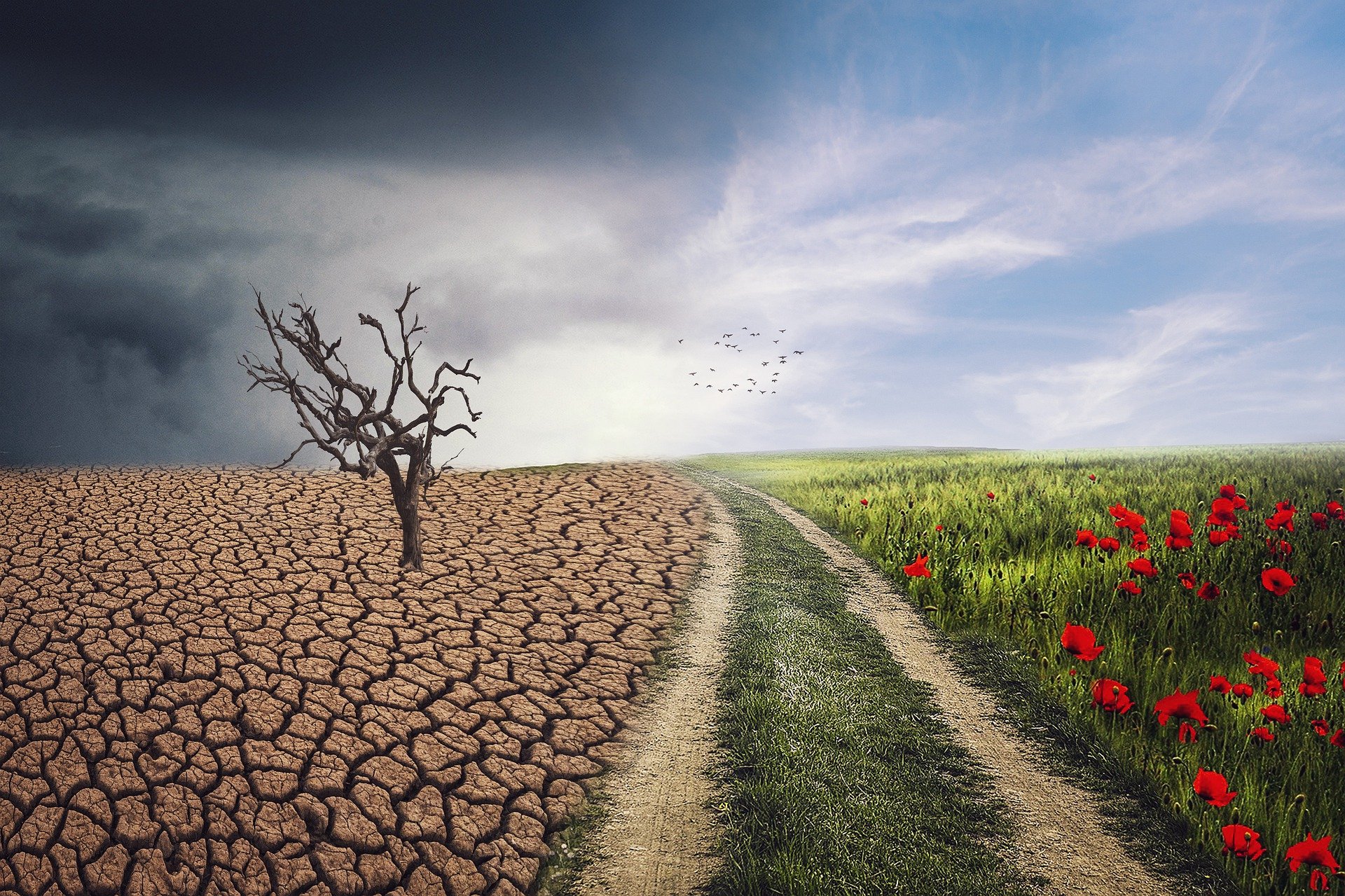Abstract
Environmental and climatic changes affect the human population through the intensification and increase of extreme climate events, putting their physical and psychological well-being at risk. Its consequences include social, personal, family, and communal psychosocial conflicts resulting from loss, fear, anger, nervous breakdowns, frustration, insecurity, distress, depression, and impotence among other reactions generated in affected populations. In the face of these critical events, one of the answers for that population is the displacement (temporary and/or permanent) towards safer spaces, which manifests itself as forced mobility, which later impacts, on one hand, in the territorial order, the use and distribution of resources, the management of water basins, in productive soils and in forest areas. On the other hand, in global, regional, and national policies on population, around the economy, culture, health, education, housing, posing a substantive challenge to local governments as the responsible for managing measures to reduce exposure and human risk to extreme weather events.

